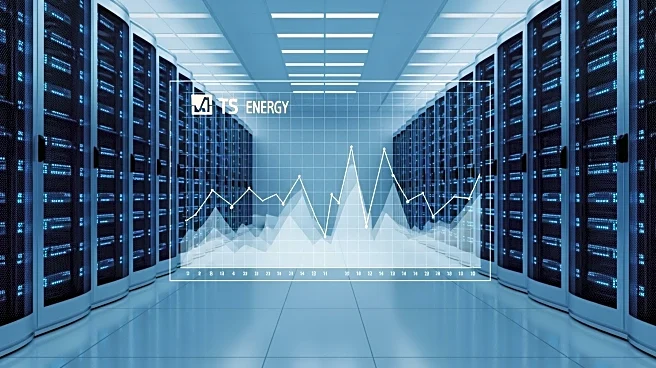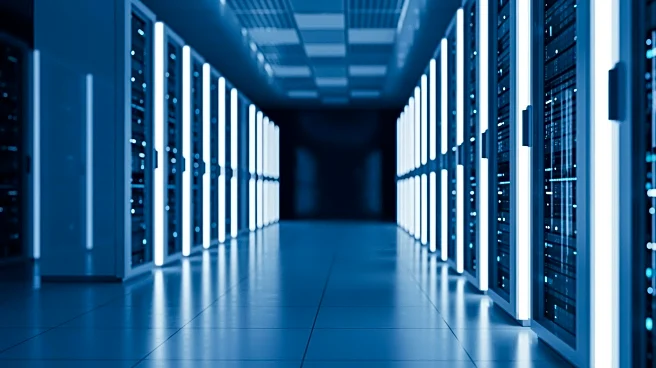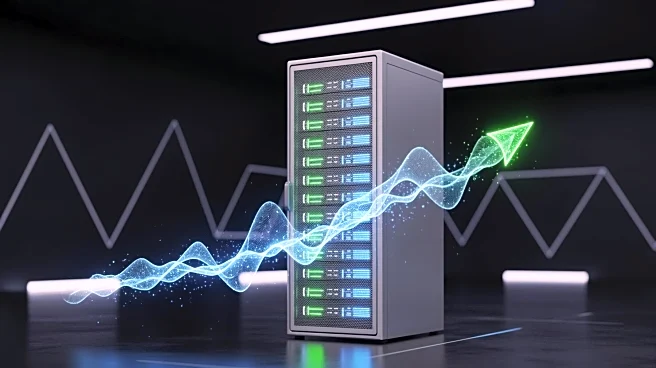What's Happening?
Utilities across the United States are projecting significant increases in electricity demand due to the construction of new data centers, driven by the expanding AI economy. However, concerns have arisen
regarding the accuracy of these forecasts, as some data centers may never be built, potentially leaving ratepayers to cover the costs of unnecessary infrastructure. The Federal Energy Regulatory Commission has requested grid operators to provide information on project viability to improve decision-making. In Texas, lawmakers are particularly concerned about the reliability of these forecasts following a deadly winter storm blackout in 2021.
Why It's Important?
The scrutiny of energy demand forecasts is crucial as it impacts the planning and investment in power infrastructure. Inaccurate forecasts could lead to overbuilding, resulting in financial burdens on ratepayers without corresponding benefits. This issue is particularly significant in regions like the mid-Atlantic grid, where ratepayers are already underwriting costs for data centers. Ensuring accurate forecasts is essential for sustainable energy planning and avoiding unnecessary financial strain on consumers.
What's Next?
Efforts to improve forecasting accuracy are underway, with initiatives to develop best practices for assessing the commercial viability of data center projects. Texas has passed legislation requiring developers to disclose electricity requests and demonstrate financial commitments. These measures aim to protect ratepayers and ensure that infrastructure investments are justified and beneficial.
Beyond the Headlines
The situation highlights the broader challenge of balancing technological advancement with sustainable energy practices. As AI and data center demands grow, utilities must navigate the complexities of forecasting and infrastructure development to support innovation without compromising consumer interests.













